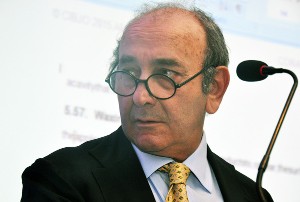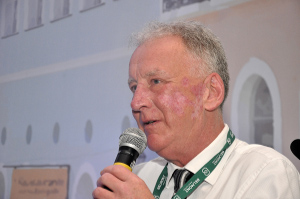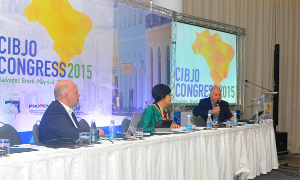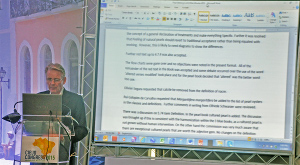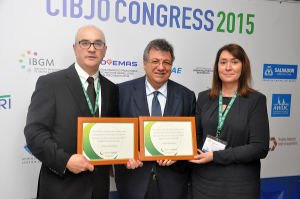Commission debates different format for Coral Blue Book
Meeting for the second time in formal session, CIBJO’s Coral Commission, which debuted in 2014, presented its proposal for a new Blue Book. The document was reviewed by the Coral Commission President, Enzo Liverino.
The Coral Blue Book deviates from the other Blue Books in that it provides a set of academic and similar references at its end.
There ensued a lengthy debate regarding the references. These used to feature in the Blue Books for pearls, diamonds and coloured stones, but frequently were so long that it was decided to remove them, explained Sector A President Roland Naftule.
Mr. Naftule explained that, since coral is an endangered species and the commission is doing different work to that with diamonds, pearls and gemstones, some members felt it would be better to leave the references in.
Sector A Vice President Thomas Lind proposed that the references stay in and that the commission decide next year what to do with them, because “this is a work in progress and we can decide in the coming year or two how to proceed with this issue.”
The meeting ended with a vote in favour of retaining the references with slight modifications, and this would be reviewed at the next CIBJO Congress, in 2016.
The Coral Commission Steering Committee will review the references, and retain only those that relate to CITES, the Convention on International Trade in Endangered Species of Wild Fauna and Flora, which is an international agreement between governments. Its aim is to ensure that international trade in specimens of wild animals and plants does not threaten their survival.
Photo Caption: Coral Commission Chairman Enzo Liverino.

